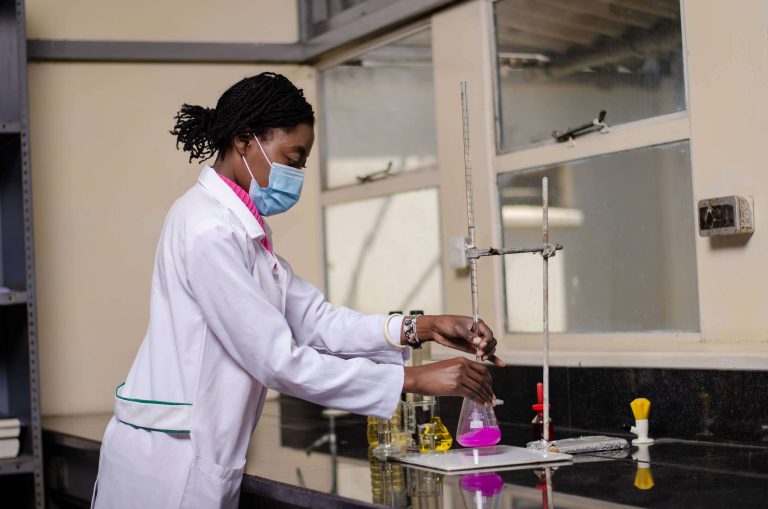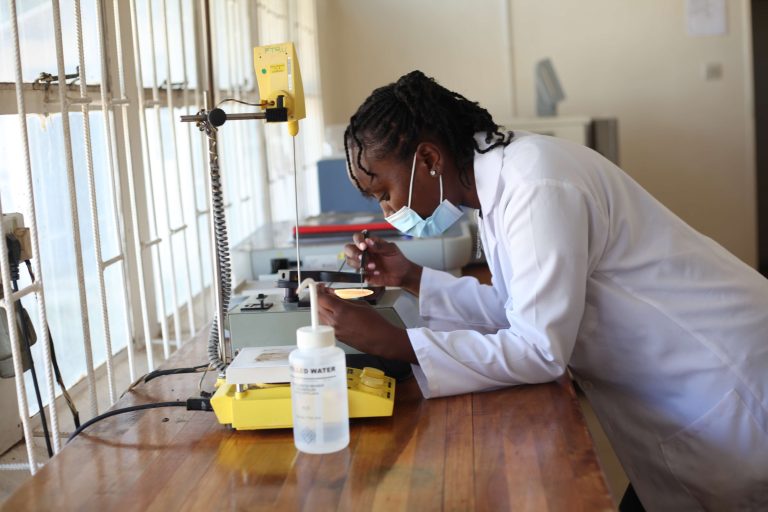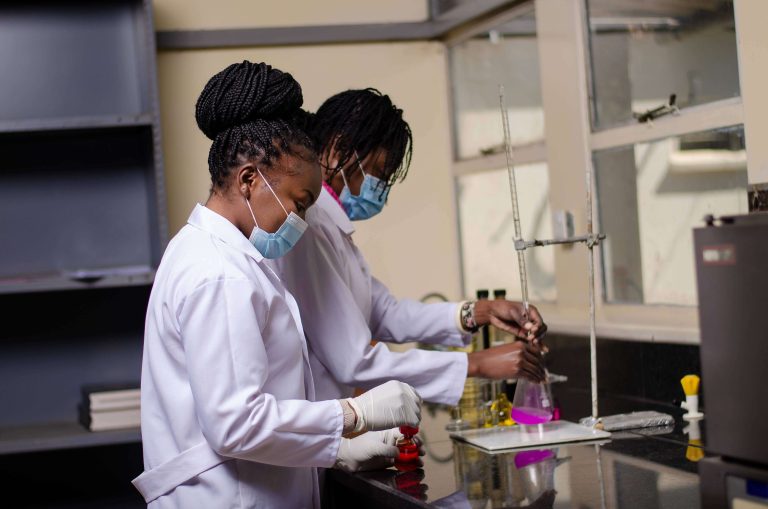FOOD SCIENCE RESEARCH CENTER
- Home
- FOOD SCIENCE RESEARCH CENTER



FOOD SCIENCE RESEARCH CENTRE (FSRC)
The Centre is located at the NISIR Headquarters along the Kenneth Kaunda International Airport Road in Lusaka.The Centre was established to conduct scientific research and provide technical support in the area of Post-Harvest Food Technologies and Nutrition programmes. In addition the Centre provides analytical services to the food industry and the public.
- To conduct scientific research in food science and nutrition and add value to indigenous food crops through food processing, preservation and product development, in order to improve the quality of life for the people.
- To provide technical expertise in the area of food science and technology through consultancy in food processing, safety and nutrition.
- To offer food analysis as a means of quality control in ready to eat foods and food products, swabs (both hand + surface )
Our laboratories under Food Science
Research Centre
The Laboratory is mostly used for determination of food chemical composition at bench level. Analysis carried out includes: Proximate Composition, Vitamins, fat soluble vitamins, Minerals.
Food Microbiology Laboratory Most of the analyses carried out in this laboratory are used as microbial contamination indicators for quality and hygiene purposes and these include both pathogenic and non-pathogenic microbes.
Equipped with steam boiler, steam jacketed pots, condensers, crushing machines, pulper, filter press, fruit washing machine, juice press and oil press. However, most of these equipment require rehabilitation.
This is a Pilot Plant for processing cereals, legumes, roots and tubers which is equipped with the following equipment: Ovens, stove, baking tins, mixers, fermenters, mills, fermentation tank, grater, dewatering machine and deep fryer. Composite flour, high quality cassava flour and starch produced from this section have been used for various products such as, bread, buns, biscuits, flakes, crackers and crisps. Nutrition Clinical Laboratory A new Laboratory established with help from IAEA especially in acquisition of equipment and training of the staff. The Laboratory is able to measure breast milk intake and body composition in two components i.e. Fat-free (lean) mass and fat mass by the use of isotopic technique which is a more accurate method (gold standard) to determine the nutrition status of people.
In addition, the Laboratory uses other methods such as; Body Mass Index (BMI), Skinfold thickness, Body Circumference and Bioelectric. Impedance Analysis (BIA) in the assessment of nutrition status. The equipment used in these techniques are; Fourier Transform Infra-Red (FTIR), Body Weight Scale, Stadiometer, Calipers, Measuring Tapes and BIA
Get in touch
Leave us a message,we will get back to you.

